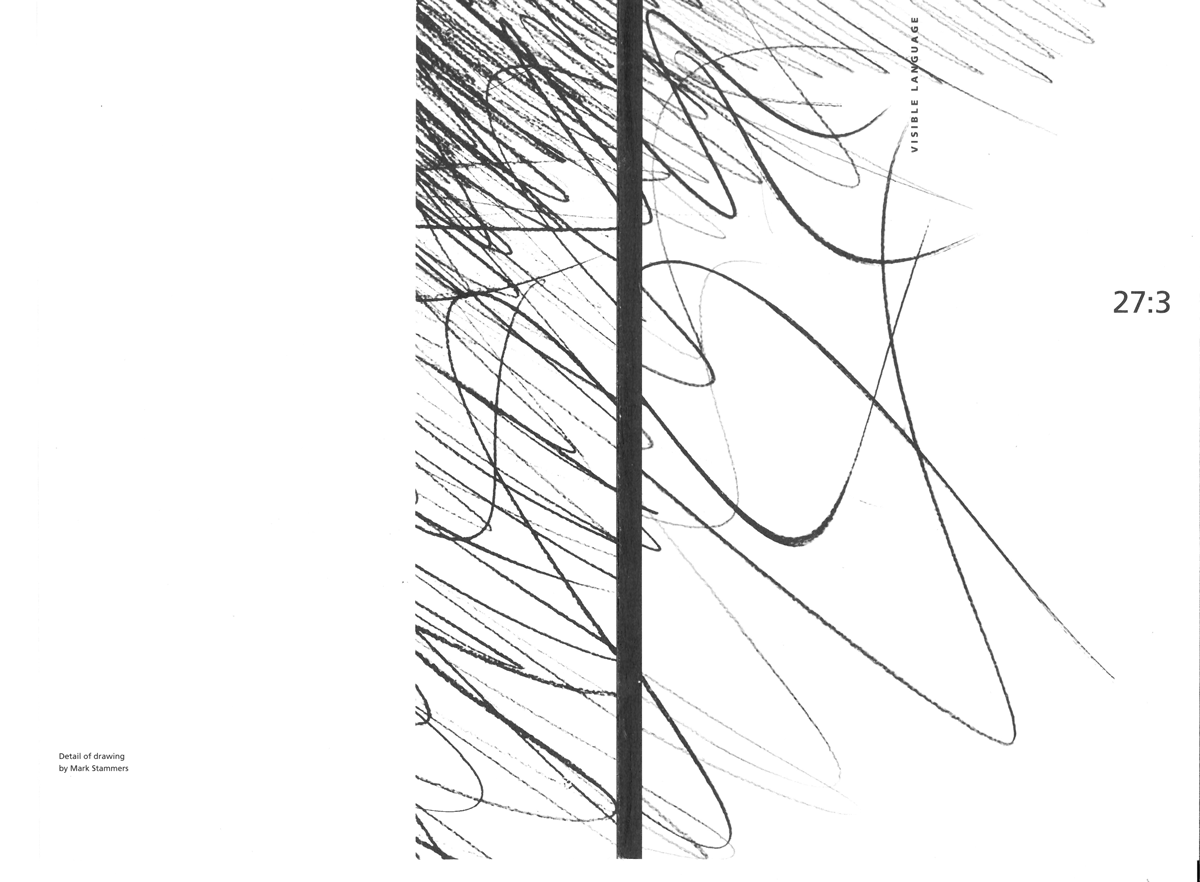Speaking in Text: The Resonance of Syntactic Difference in Text Interpretation
Abstract
In order for design to be effective as a communication tool, it is necessary for designers to realize their task in the realm of meaning, not aesthetic form. To think the reverse implies that when we speak we think in terms of grammar rather than in terms of what we want to express. Visual signs help to define form and structure and are significant in their semantic function. When visual signs are acted upon so that their relationship is somehow altered, their message is transformed as well. A series of typographic studies examine the relationship of designers, text and interpreter in the dialectical process of communication in which meaning is rendered and made explicit. Whether design can define and reveal structures of meaning in such a way as to alter the experience, interaction and expectations of its audience is the question. If so, can such a displacement of experience instigate a critical discourse between designer, culture and the individual?Downloads
Published
1993-07-01
Issue
Section
Journal Article

